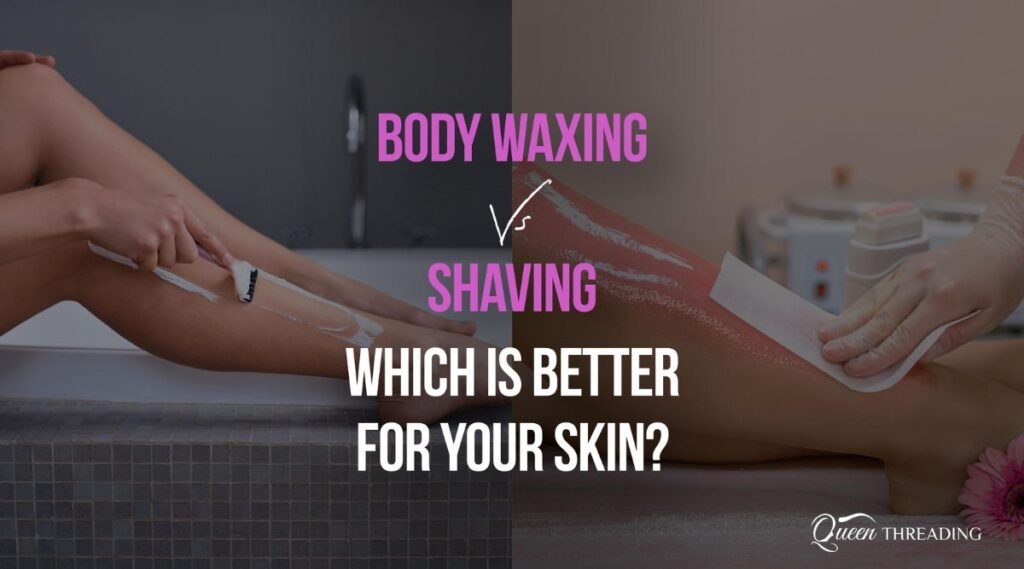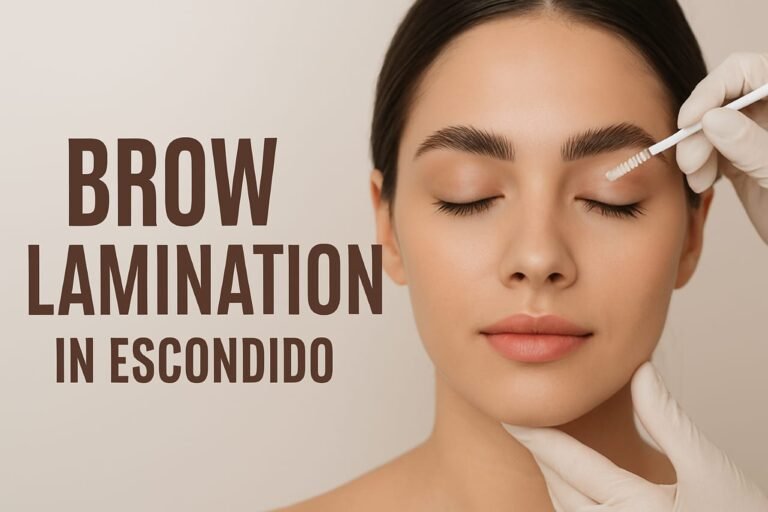Shaving and body waxing are two of the most often used techniques for hair removal. Each has pros and cons of its own, and the decision between the two frequently comes down to personal tastes, skin types, and desired outcomes. We’ll examine the distinctions between body waxing and shaving in this blog post to assist you in determining which technique would be best for your skin type.
Two popular hair removal techniques that individuals employ to get smooth, hair-free skin are body waxing and shaving. Both techniques seek to get rid of unwanted hair, but they approach the task very differently. The decision between shaving and waxing is influenced by a number of variables, such as skin type, pain threshold, and length of time the smoothness is required.
Hair Removal Process
Body Waxing
When waxing, a coating of either heated or cold wax is swiftly applied to the skin, causing the hair to be pulled out from the root. By eliminating dead skin cells during the procedure, this approach not only eliminates hair but also exfoliates the skin. Unlike shaving, the finish is smoother for a longer period of time.
Shaving
In contrast, shaving entails slicing hair at the skin’s surface using a razor. Because the hair is not cut from the root, this technique promotes faster regrowth. Shaving does not exfoliate the skin, but it may momentarily make the skin seem smoother.
Duration of Results
Body Waxing
Waxing usually has a lasting effect of three to five weeks, depending on the specific cycles of hair growth. Regular waxing may eventually weaken hair follicles, resulting in sparser and finer hair regrowth.
Shaving
The effects of shaving are transient and require regular upkeep to maintain smooth skin. In addition, because of the blunt cut, hair may seem darker or coarser after shaving.
Impact on Skin Health
Body Waxing
While shaving generally has a higher risk of ingrown hairs, waxing generally has a reduced risk, but still having some transient redness or irritation. Skin can be calmed and protected with the right pre- and post-waxing care.
Shaving
Common hazards associated with shaving include cuts, nicks, and razor burn, particularly if done quickly or without the right lubricant6. Ingrown hairs can be unpleasant and irritate the skin; this is another risk associated with shaving.
Pain and Discomfort
Body Waxing
When hair is extracted from the root during waxing, there may be some initial discomfort, but with repeated treatments, the pain should eventually subside.
Shaving
Shaving is generally painless, except when accidental cuts or razor burn occur.
Cost and Convenience
Body Waxing
The initial cost of waxing, whether done professionally or with at-home kits, might be higher. However, because fewer treatments are required, there may be significant long-term savings.
Shaving
Even with razors and shaving cream, shaving has a less expensive initial cost, but with repeated use, the expenditures can mount up.
Suitability for Different Skin Types
Body Waxing
Waxing is generally suitable for all skin types, including sensitive skin, though it’s important to choose the right type of wax.
Shaving
Shaving can be suitable for most skin types but may cause irritation for those with very sensitive or dry skin.
Conclusion
There are benefits and drawbacks to both shaving and body waxing. Waxing can be more painful and costly at first, but it can have longer-lasting effects and eventually result in finer hair regrowth. Shaving is quick, simple, and usually painless, although it can irritate skin and needs to be done frequently. Think about your intended outcomes, discomfort threshold, and skin type while deciding between shaving and waxing.
The approach that works best for you will ultimately rely on your unique requirements and preferences. Whether you choose the comfort of shaving or the long-lasting smoothness of waxing, maintaining healthy, smooth skin requires adequate skin care both before and after hair removal.









Comments (6)
Tlovertonet
January 18, 2025 6:55 pmThank you so much for providing individuals with an extremely brilliant chance to read in detail from this blog. It's usually so amazing and also jam-packed with a lot of fun for me personally and my office peers to visit your web site really 3 times in a week to find out the latest guides you will have. And lastly, I am just actually motivated with the brilliant opinions you serve. Some 3 tips in this post are definitely the very best I've ever had. http://www.tlovertonet.com/
Admin
January 27, 2025 6:55 pmThank you fro your comment
Tanuja Bhoir
November 19, 2025 6:55 pmThank you for your feedback
Hollie
June 26, 2025 6:55 pmqueenthreading.com queenthreading.com
Polish News
September 18, 2025 6:55 pmThe sentences have a tactile, almost sensory quality. Each phrase can be felt as much as understood, engaging both mind and heart. https://xmc.pl
Tanuja Bhoir
November 19, 2025 6:55 pmThankyou for your comment